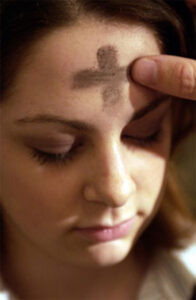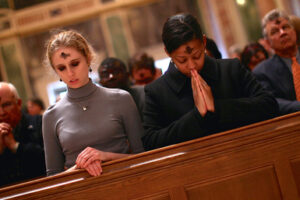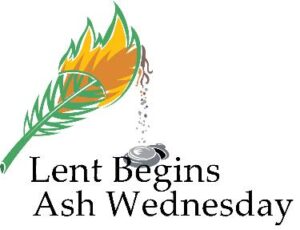ASH WEDNESDAY

ASH WEDNESDAY
The priest, or Pastor, will dip his finger into the ashes, spread them in a cross pattern on the forehead, and say, “From dust you came and from dust you will return.”
The ashes are prepared by burning palm branches from the previous Palm Sunday.
“Ashes are equivalent to dust, and human flesh is composed of dust or clay, and when a human corpse decomposes, it returns to dust or ash.”
Then the Lord God formed a man[a] from the dust of the ground and breathed into his nostrils the breath of life, and the man became a living being. Genesis 2:7
1By the sweat of your brow
you will eat your food
until you return to the ground,
since from it you were taken;
for dust you are
and to dust you will return.” Genesis 3:19
The Priest explanation; “On Ash Wednesday we are saying that we are sorry for our sins, and that we want to use the season of Lent to correct our faults, purify our hearts, control our desires and grow in holiness so we will be prepared to celebrate Easter with great joy”


WASHINGTON – FEBRUARY 17: Catholics pray during an Ash Wednesday Mass at the Cathedral of Saint Matthew the Apostle February 17, 2010 in Washington, DC. Today marks the beginning of Lent for Catholics, a 40-day penitential period before Easter. (Photo by Win McNamee/Getty Images)


WHAT ARE YOU NOT ALLOWED TO EAT ON ASH WEDNESDAY?
As far as the exact rules and practices of Lent, those have changed over the years. “In the early centuries fasting rules were strict, as they still are in Eastern churches,” notes Britannica.com. “One meal a day was allowed in the evening, and meat, fish, eggs, and butter were forbidden. The Eastern church also restricts the use of wine, oil, and dairy products. In the West, these fasting rules have gradually been relaxed. The strict law of fasting among Roman Catholics was dispensed with during World War II, and only Ash Wednesday and Good Friday are now kept as Lenten fast days.”